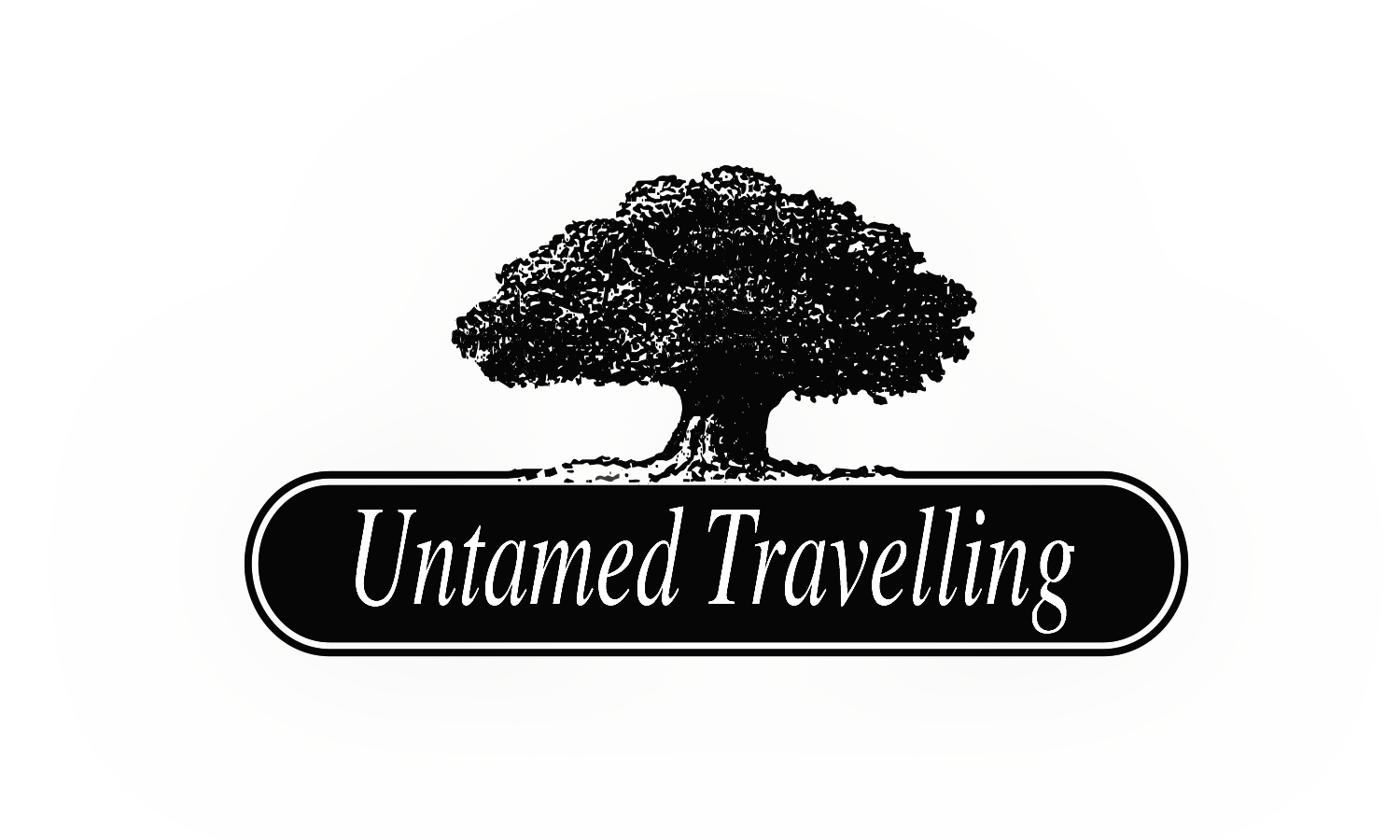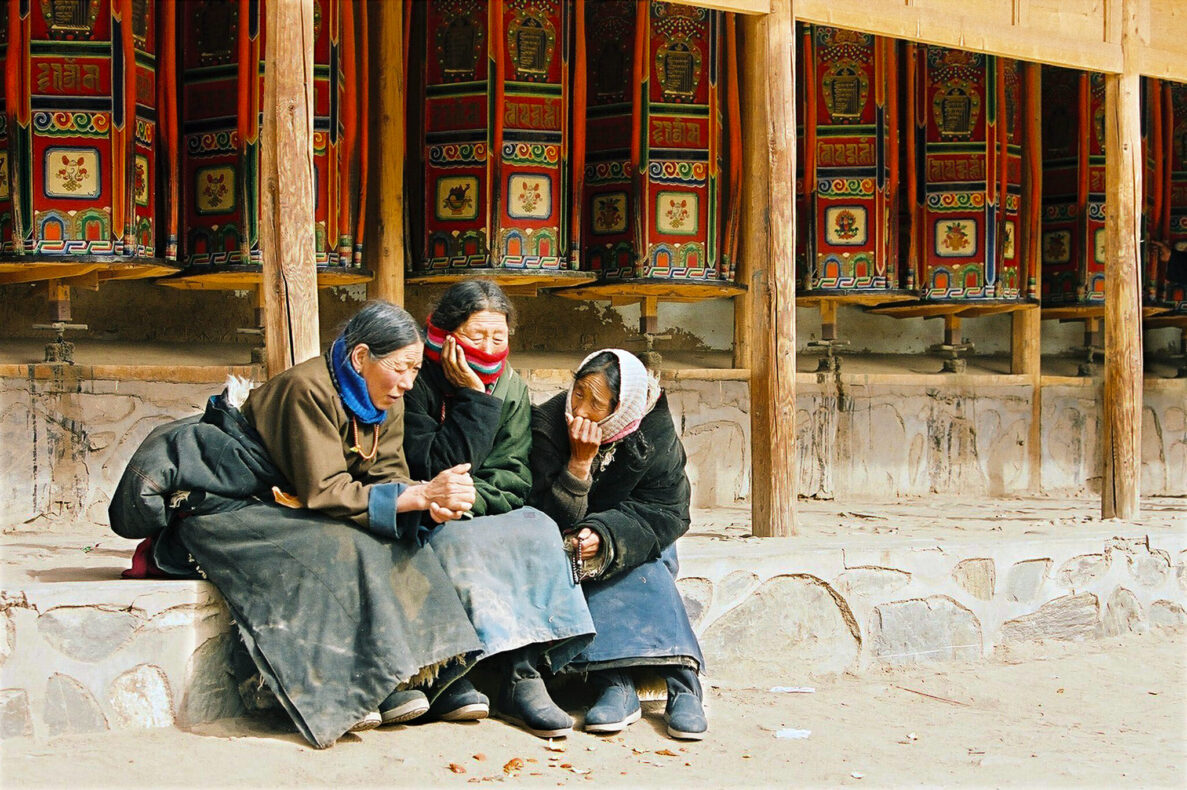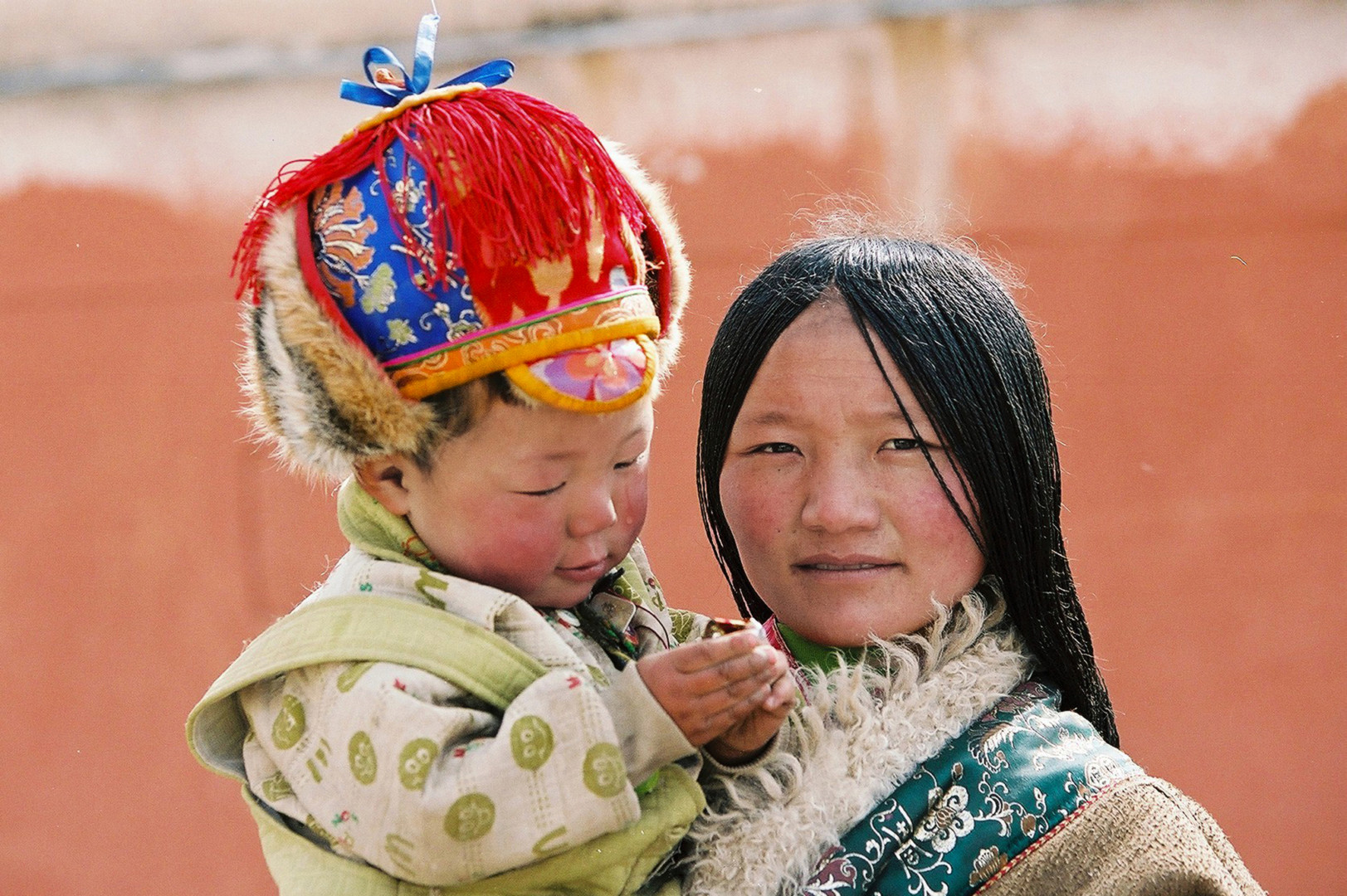As many monks as possible
Tibet was once in the service of Buddhism, the Dalai Lama ruled the country and monasteries formed the greatest power. Although the Dalai Lama now lives in exile, he is still the religious and symbolic leader of the peace-loving region, and spirituality remains at the heart of the ancient monastery and temple-strewn land of sacred rivers, caves of prayer and places of sacrifice.
Gelug and bönkloosters
Although the oldest religious tradition in Tibet is Bön, Tibetan Buddhism prevails. It has its origins in India and has gradually broken down into five different schools of which the gelug is the main one. Within the gelug, the three largest monasteries are known as the 'Three Seats' because of their former political influence. The Drepung monastery is the largest of the three, ever the largest worldwide. It is located as well as the other two, the Sera and Ganden Monastery, near Lhasa.
Another large gelug monastery is the Tashilhunpo on the outskirts of Shigatse,also known as Heap of glory. Inside the beautiful white building with golden roofs you will wander through countless halls and chapels, culminating in the chapel of Jampa with the huge golden Buddha. Also not to be missed is the nine-storey Thangka wall, on which a giant painted or embroidered banner is rolled out during the Thangka festival. Thangkas have for Buddhists the meaning of an appearance of Buddha.
At the foot of the Rongbuk glacier you will find the monastery of the same name. It is the highest monastery worldwide, and what is special is that monks and nuns live together here. Inside the murals are very rewarding, but the masterpiece stands outside... The unforgivable Mount Everest.


